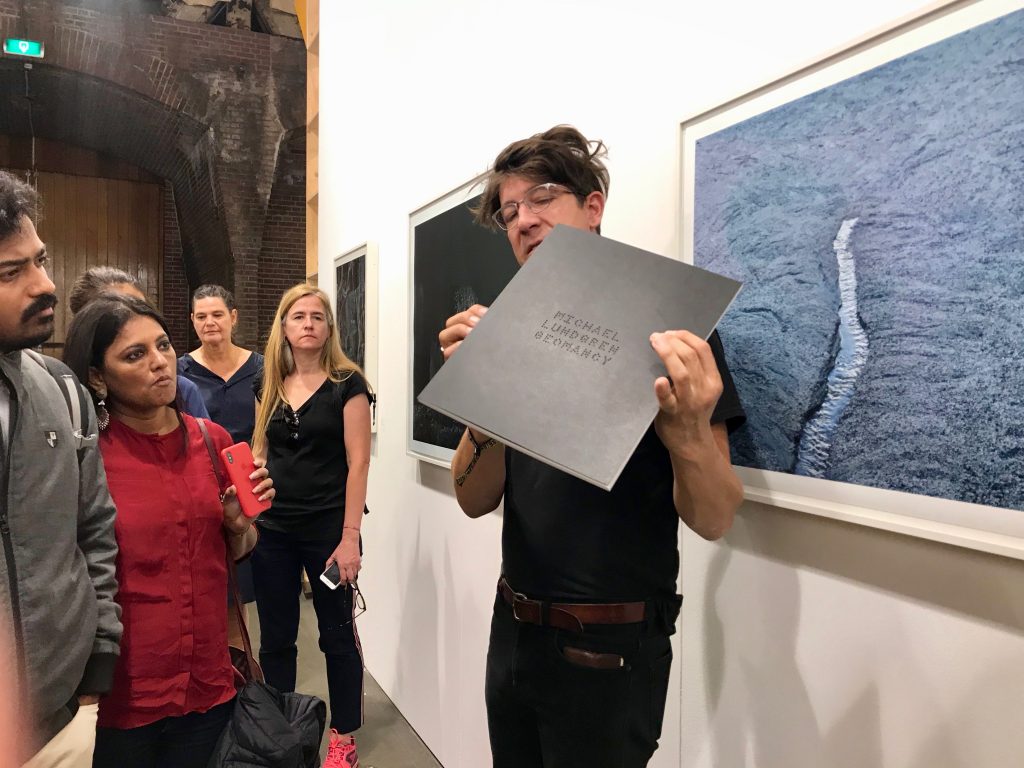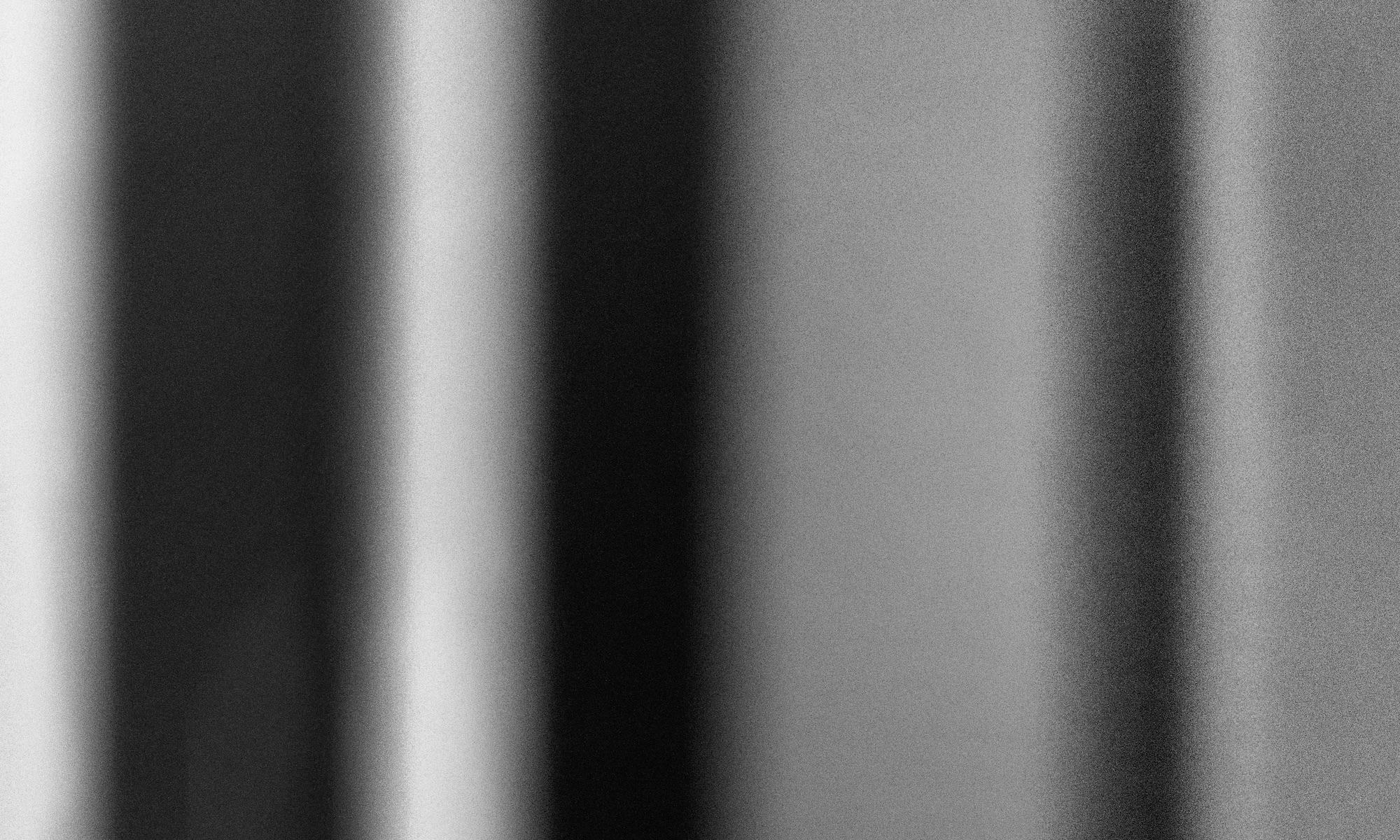I’ve written earlier about post-digital practice, in which analog and digital forms of production and presentation are combined.

I was fortunate to hear Michael Lundgren present his current work at Unseen, and to talk to him afterwards about his practice. Lundgren studied under Mark Klett, and worked as a printer with Klett for a number of years. Whilst his early work included rephotography in Phoenix and San Francisco (with Klett), his more recent work is ‘concerned with making images that make you feel something you can’t quite understand’. These are in the form of large gelatin silver prints (24 by 30 inches, in editions of seven with one artist’s print) and books based on series of images (the latest being Geomancy, a large format book of 80 photographs taken in the desert, produced as a special edition of 30 and a trade edition of 800 by publisher Stanley/Barker).

In his talk, Michael stated that the books were the primary outcome of his practice. He produces just small editions of the prints so that he does not have to hold high levels of stock. It also has the advantage of enabling him to move quickly on from one series to the next, without having to go back to printing earlier work. In terms of process, he now makes the initial image with a Sony full-frame digital camera, and sends the file to Chicago Albumen Works to produce a large format silver halide negative using the LVT (Light Valve Technology) process. He then produces a gelatin silver print from the negative (this is the process that Salgado now uses, with negatives produced on Ilford FP4 using the LVT process). Analogue Arts in London offers this service (producing 4×5 or 8×10 negatives from digital files).
